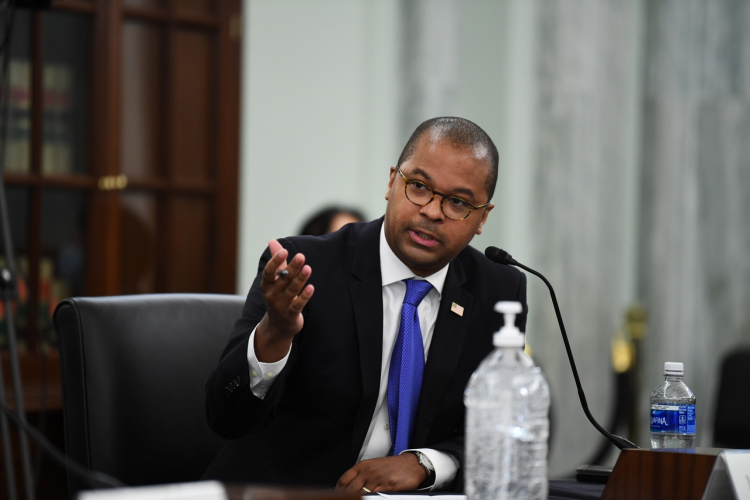
In early October, the FCC called for an audit of the most significant internet cables that carry most of the world's internet traffic. According to FCC Commissioner Jeffrey Starks, special attention should be paid to cable service with stations in the competing countries. These are the four cables that connect the US and China. They are controlled by several organizations, including Chinese state-owned companies.
This is not the first time the US has raised concerns about China's role in handling network traffic and the possibility of cyber espionage. Now about 99% of the world's Internet traffic is transmitted through 300 submarine highways. According to the United States, it is extremely important to prevent the interference of opposing countries and "other hostile actors." You need to ensure that these countries cannot interfere, block or intercept traffic.
Starks made his announcement weeks after Google and Facebook abandoned Hong Kong's Pacific Light Cable Network. It connects the US with Taiwan and the Philippines. The cable segment will be extended to Hong Kong, but the project participants refused to activate it. The reason is the warning of the American intelligence services that Beijing is able to use the cable to penetrate the US networks.

What the FCC proposes to do:
- Create a centralized interdepartmental working group for national security.
- Consider the possibility of expanding the powers of the Commission in the framework of the operation of submarine cables
With regard to the first line of work, the problem is that the current monitoring system distributes issues among different agencies. This makes internal coordination between different agencies and in matters of national security difficult.
In the second case, the FCC predicts an increase in the number and significance of cable problems. So the Commission plans to assess the level of its own powers.
How many highways are there now?
According to the latest data, about 300 highways run along the bottom of the oceans and seas. They are managed by a wide variety of telecommunications and other companies. One of the largest backbones was brought into operation by Microsoft, Facebook and Telxius in 2018. The throughput of the cable is 160 Tbit / s.
This year, Google and Facebook began working with the Pacific Light Cable Network (PLCN) backbone. The cable length is 12.8 thousand kilometers, the throughput is 144 Tbit / s. The highway connects Taiwan, the Philippines, Taiwan and Hong Kong.
New highways are needed to achieve three goals.
First , to increase bandwidth and reduce latency in data transmission. The more lines, the less the waiting time . In particular, for this, the project is being implementedDunant from Google . It is needed to increase the availability of the corporation's services in Europe.
Secondly , we need backup lines. If something happens to one of them, then the traffic is redirected along a different route. At the same time, cases when highways receive physical damage are not so rare. For example, EAMEWE 3, which links many countries, has been damaged twice.
Thirdly , corporations need to constantly expand their presence, improving the quality of services in different regions. The more lines, the higher the productivity.
Physically, the safety of the highways is impossible. In addition, it is very difficult to track which of the operators is carrying out which influence / work. In theory, operators in any country can connect to the backbones and analyze global traffic. The FCC's fears are not in vain - after all, the NSA was (and is probably doing now) about the same as the Commissioner of the Commission is talking about. Therefore, the United States fears that China or other countries will do the same.
How exactly to solve this problem is unclear - the ways proposed by the FCC are still pure theory.
